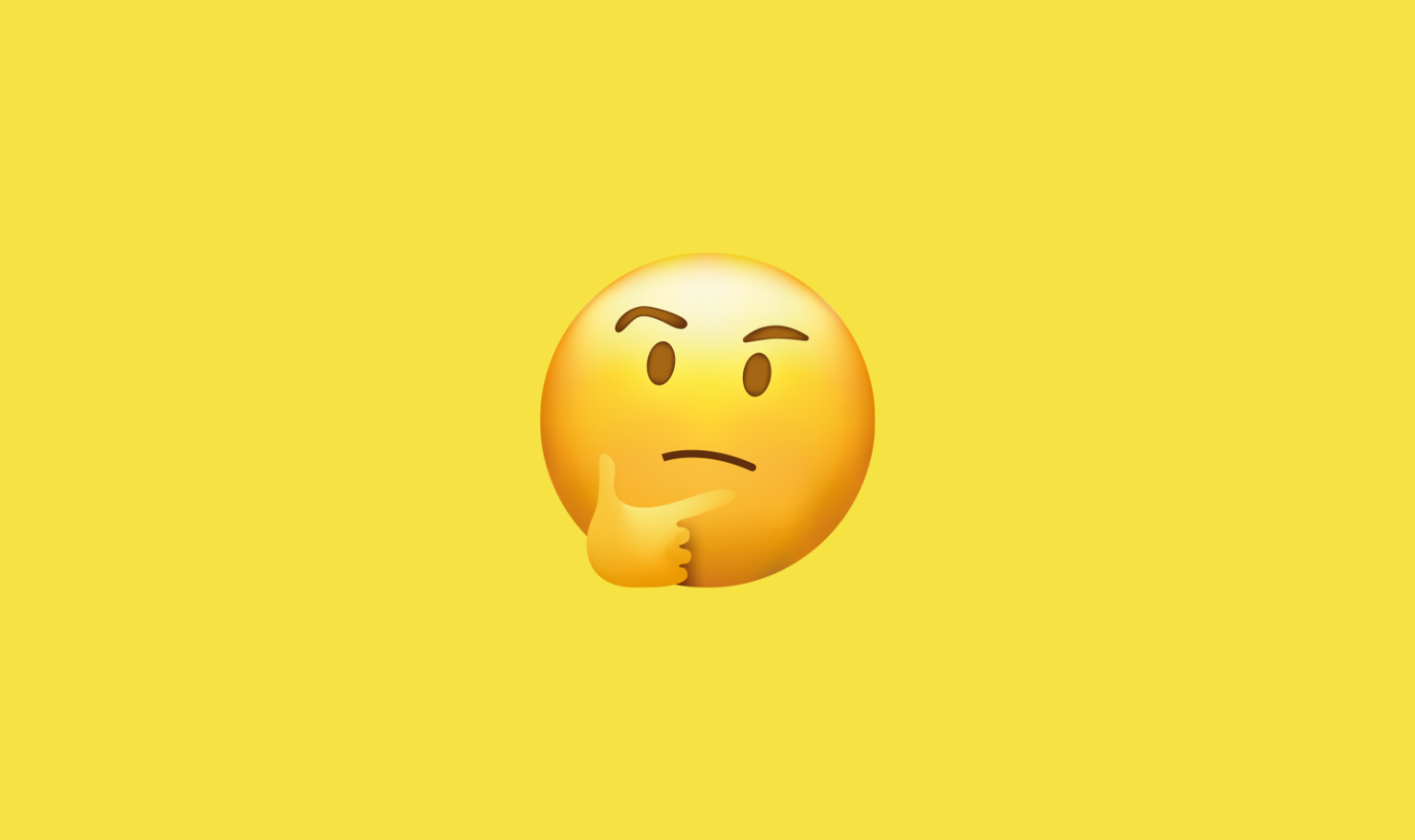PPC Campaign Planning Mini-Series | Part 3 | The Implementation

After going through the campaign objective and what research needs to be carried out, in this part of the mini-series we’ll talk about campaign implementation, covering two of the most important aspects: conversion tracking and the campaign structure & setup.
Conversion tracking
Setting up your AdWords conversion tracking is the first and one of the most important steps in the campaign implementation process as this will allows you to see what happens after a customer views or clicks on one of your ads – whether they made a purchase or completed any desirable action on your website.
Using conversion tracking has multiple advantages:
- You can identify what campaigns, ad groups, keywords and ads have the best performance
- You get a clear picture of where your ROI comes from and are able to make better decisions in regards to your ad spend
- Optimise your campaigns automatically using smart bidding strategies such as Enhanced CPC or Target CPA
- It provides cross-device conversion data so you can understand the role of each device in the customer purchasing journey
In order to set up conversion tracking, you need to create a conversion action or choose a conversion source in your AdWords account. To do this click on the Tools tab in AdWords and from the drop down menu select Conversions. Then click the +Conversion button and select one of the conversion sources below:
- Website Actions: track when someone completes a certain action on your website (sales, newsletter sign-ups, form submissions, etc.)
- Phone Calls: track when users call your business using the phone number on your website or the phone number in your ads
- App Installs: track when someone installs your app or completes a certain in-app action (in-app purchase)
- Import Conversions: allows you to import offline conversions by uploading a file(when a form submission turns into an offline sale)
If you choose Website Actions as a conversion source, you’ll have to paste a bit of HTML code on your website. Tracking Phone Calls on the other hand does not require a tracking tag, but you’ll have to use a Google forwarding number.
Now that conversion tracking for your website has been set up, it’s time to create your first campaign
Campaign Structure & Setup
Building your first AdWords account is a tedious task and many people usually ask the following question: “what is the best account structure?” The answer is simple: Having a clear, hierarchical account structure words best and is the best practice in the industry.
Before setting up your first campaigns, let’s have a look at the benefits that such an account structure brings:
- Better quality scores which lead to lower CPCs
- Allows the budgets to be allocated more effectively
- A clear structure enables easier optimisation
- Makes reporting a lot easier
Campaign type & settings
Based on your advertising goals discussed in the first part of this mini-series, you have to decide what campaign type and campaign settings you’re going to use. For example, if you want to reach users actively looking for a product or service similar to yours, you’ll use a search campaign, but if you want to increase brand exposure or generate awareness for a new product that you are about to launch, a display campaign would be more suitable.
To set up a new campaign, click the +Campaign button in Adwords and select your campaign type.
After choosing your desired campaign type, it’s time to look at the settings you’re going to use:
- Location targeting: decide that countries or cities you want to target. Once your locations have been added, you can set bid modifiers to increase exposure in certain areas
- Ad scheduling: decide what time of day you want your ads to be shown
- Device targeting: you have the option to set different bids for mobile, tablets and desktop devices
- Bidding strategies: Choose between Manual, Enhanced or Automated Bidding
- Budgets: set a daily budget for your campaign taking into account estimated CPCs and traffic
Each account will usually have multiple campaigns based around broader themes or product categories. For example, if you are a travel agency selling holidays abroad, you can structure your account by creating a separate campaign for each destination. Each campaign will now contain multiple ad groups, which contain keywords and ads.
Building Ad Groups
Ad groups are very important as they give your campaigns a clear structure and allow you to group similar keywords and ads together.
To create your first ad group click the +Ad Group button under the Campaigns tab in AdWords.
I’ll use the same example as above: if you are a travel agency and you’ve already created a campaign for a specific destination, you can now break that down into more specific ad groups based around different local attractions or holiday types.
Keyword Selection & other Targeting opportunities
Make sure your keywords are relevant to the text ads that you created and to the landing pages they direct to. The best practice is to keep your keywords tightly grouped together under a single theme.
Before adding any keywords in your ad groups, make sure you understand each match type and how they work.
If you are creating a Display or Video campaign, besides keywords, you’ll have the option to target specific websites, topics, general interests or remarketing lists.
Creating your first ads
To create your first ad you have to go in the Ads tab in your AdWords account and click the +Ad button.
Based on your advertising goals and the type of campaign that you initially built, you’ll have to choose what type of ads to create.
To drive action and achieve great results, your ads should be very specific, relevant and present an attractive offering.
Text Ads best practice:
- Use your keywords in the headline and description line for relevance
- Include your most important USPs in the headlines
- Use a clear call to action
- Include prices and promotions
- Make use of ad extensions
- Create at least 4 ads for each ad group and compare their performance
If you’re going to use a display campaign, you need to make sure your image ads are the right size.
Congrats! At this stage your AdWords campaign is ready to go live. Before launching, make sure you’ve added you’re billing details to the account so your ads can start running.
I hope you enjoyed this blog. If you have any PPC related questions, please don’t hesitate to get in touch.
The next part in the Campaign Planning mini-series is Reporting & Analysis, so keep your eyes peeled on our social media channels for next week’s release.
Check out the fourth instalment of our PPC Campaign Planning series here.





